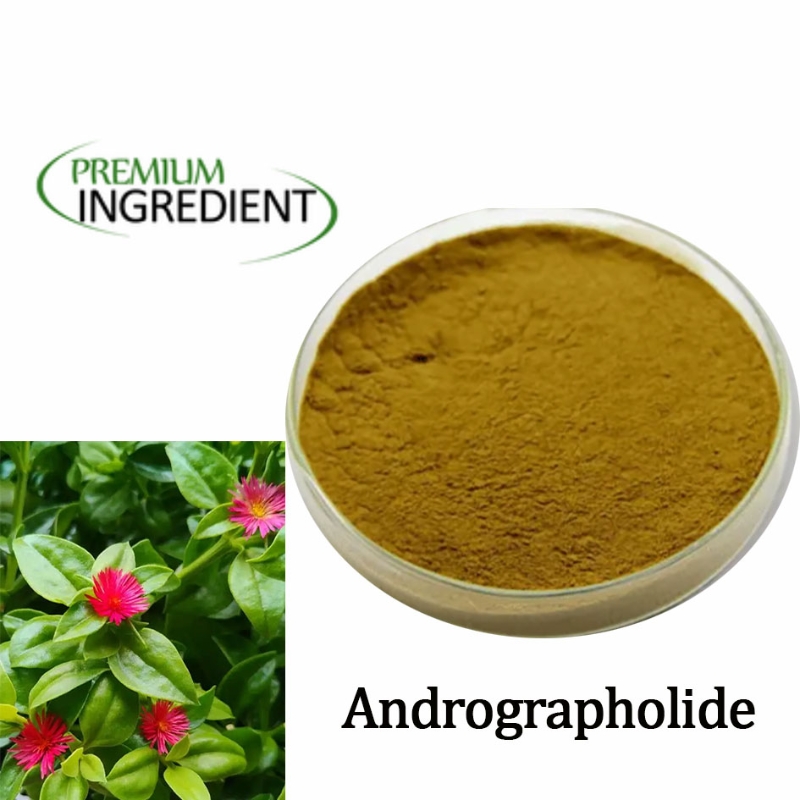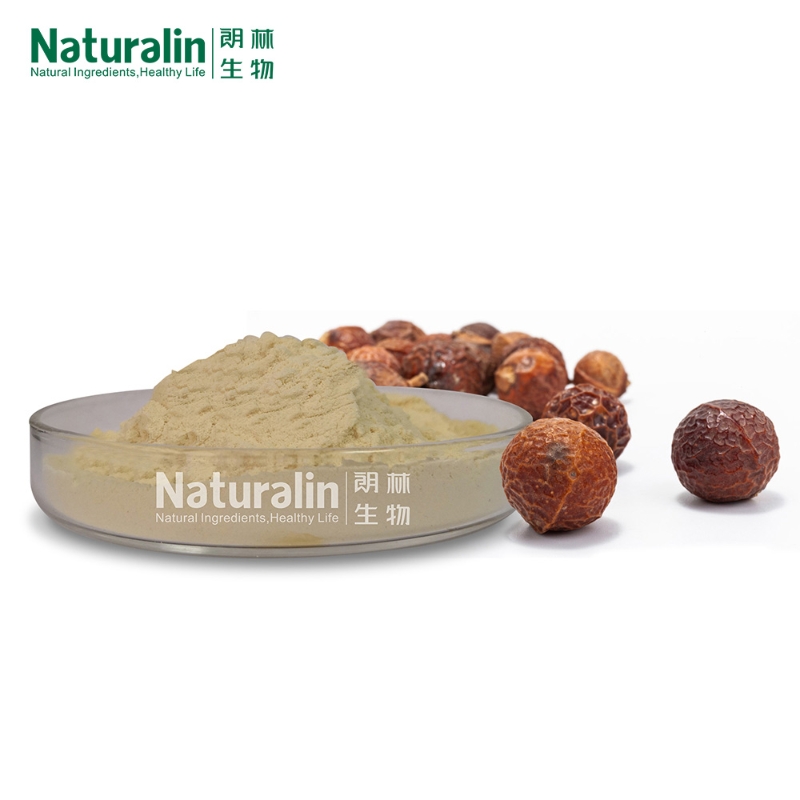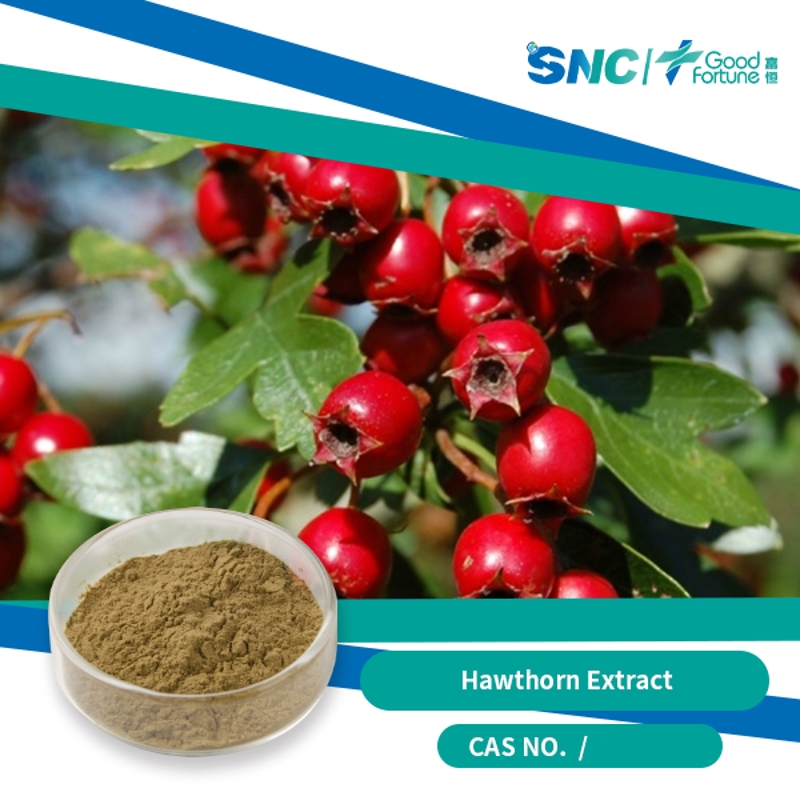-
Categories
-
Pharmaceutical Intermediates
-
Active Pharmaceutical Ingredients
-
Food Additives
- Industrial Coatings
- Agrochemicals
- Dyes and Pigments
- Surfactant
- Flavors and Fragrances
- Chemical Reagents
- Catalyst and Auxiliary
- Natural Products
- Inorganic Chemistry
-
Organic Chemistry
-
Biochemical Engineering
- Analytical Chemistry
-
Cosmetic Ingredient
- Water Treatment Chemical
-
Pharmaceutical Intermediates
Promotion
ECHEMI Mall
Wholesale
Weekly Price
Exhibition
News
-
Trade Service
Rubisco activase functions to promote and maintain the catalytic activity of Rubisco. Studies with the activase-lacking
Arabidopsis rca
mutant (Salvucci et al. Photosynth Res 7:193–201, 1985; Salvucci et al. Plant Physiol 80:655–659, 1986), antisense activase tobacco,
Arabidopsis
and
Flaveria bidentis
plants (Mate et al. Plant Physiol 102:1119–1128, 1993; Eckardt et al. Plant Physiol 113:575–586, 1997; von Caemmerer et al. Plant Physiol 137:747–755, 2005) have shown that photosynthesis at atmospheric levels of CO
2
is severely impaired when plants lack activase because Rubisco becomes sequestered in an inactive form. Activase protein has been detected in all plant species, including C
3
and C
4
plants and green algae (Salvucci et al. Plant Physiol 84:930–936, 1987). Rubisco activase is essential in all these photosynthetic organisms for photosynthesis and plant growth. The physiological importance of Rubisco activase is reinforced by recent studies indicating that it plays a role in the response of photosynthesis to temperature. In this chapter, we describe how to extract and quantify Rubisco activase content in leaf.







